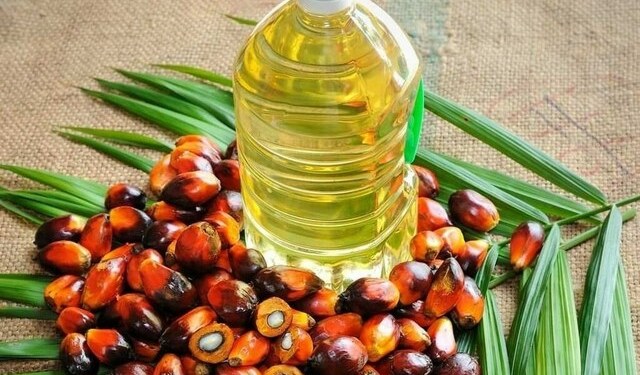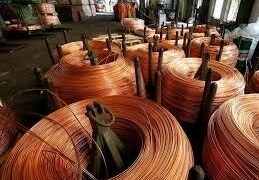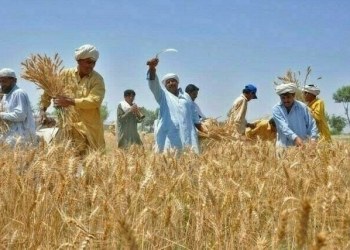India’s rubber trade could not cash in on the global price rally owing to currency demonetisation, a report prepared by Association of Natural Rubber Producing Countries (ANRPC) has said.
According to the report, NR prices have been moving along a recovery path from mid-September 2016, across countries. During that period till December, prices of block rubber rose by 46.2 per cent in Kuala Lumpur and 51.9 per cent in Bangkok. For sheet rubber, the prices surged to 40.2 per cent in Bangkok, while the increase was only 11.7 per cent in Kottayam market.
Price recovery was largely driven by the upward trend in crude oil prices, improved global economic outlook led by the US, and supply concerns mainly caused by floods in South Thailand. Another factor supporting positive market sentiments was speculation on an emerging shortfall in global NR supply. The supply from ANRPC member countries is estimated to have fallen at a 1.2-per-cent average annual rate during three years from 2014-16. This follows a marginal 0.8-per-cent increase in 2015, and 1.9-per-cent fall in 2014.
Looking ahead, the report pointed out that the prospects of NR market in 2017 largely depend on emerging global economic conditions, likely trends in demand and supply, developments in crude oil market and expected trends in commodity markets in general.
The global supply will be short of demand by 350,000 tonnes and the expected deficit in supply is likely to be more severely felt during the period up to May on account of seasonal factors. Due to annual shedding of rubber trees, farmers largely abstain from harvesting during the period from end January to mid May at variation across countries.


























